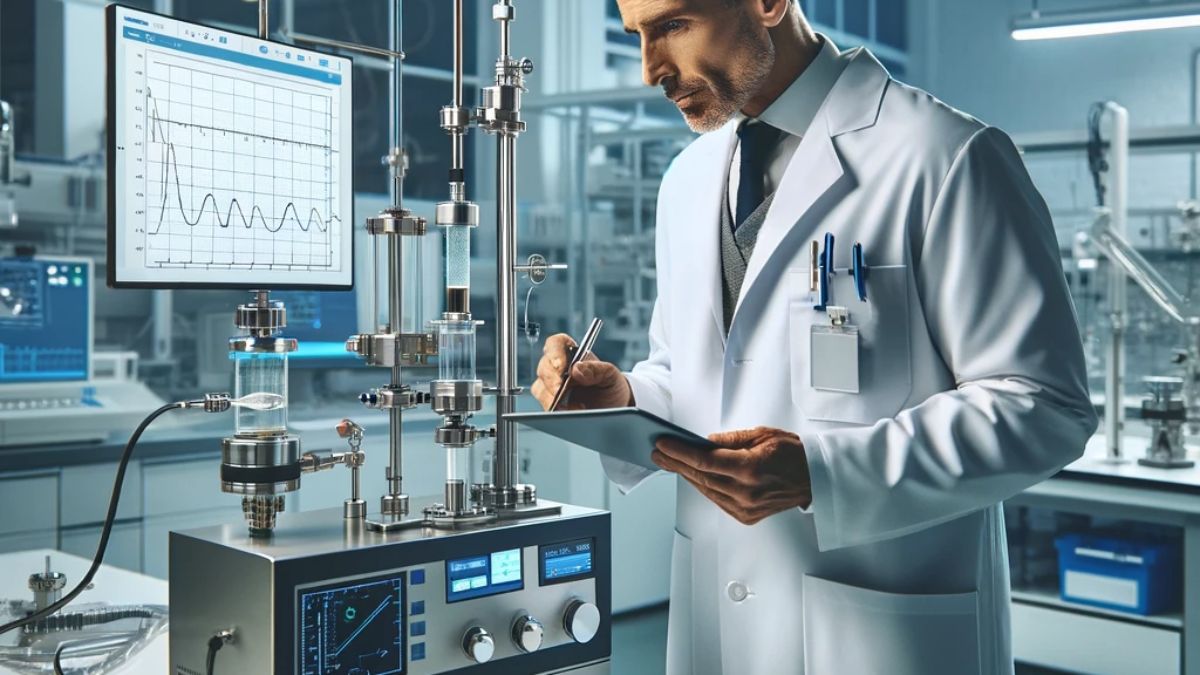The Essential Guide to Vibration Testing: Ensuring Product Reliability
Introduction
In today’s competitive landscape, product reliability is paramount across all industries. To guarantee that products can withstand real-world conditions, manufacturers rely on vibration testing as a vital quality assurance process. Whether in aerospace, automotive, or consumer electronics, vibration testing helps identify potential vulnerabilities, ensuring products meet stringent safety and durability standards.
At Kiyo R&D Center & Laboratory, we specialize in comprehensive vibration testing services, helping clients across industries verify product integrity. In this guide, we’ll explore what vibration testing is, why it’s important, and how it can benefit your product development.
What is Vibration Testing?
Vibration testing involves subjecting products to controlled vibratory stimuli to replicate the operational conditions they will face. This process helps engineers assess how products behave under stress, revealing weaknesses and ensuring that designs are robust.
Key Objectives
- Durability Assessment: Verifies if products can endure expected operational stress.
- Design Verification: Identifies flaws that might lead to malfunction or failure.
- Safety Compliance: Ensures products meet relevant regulatory and safety standards.
- Quality Control: Helps manufacturers maintain consistent product quality.
How Does Vibration Testing Work?
Products are mounted on a vibration test machine (also known as a shaker), which generates vibrations according to a specified pattern. A computer controls the shaker to produce realistic environmental conditions.
Testing Parameters
- Frequency Range: Vibration frequency is measured in Hertz (Hz), and testing often covers a wide range.
- Amplitude: Refers to the displacement or acceleration of the vibration.
- Duration: Testing can last from minutes to several days, depending on requirements.
Common Testing Types
Sine Testing
- Uses sinusoidal waveforms to simulate repetitive, predictable vibrations.
- Ideal for machinery and engine vibrations.
Random Testing
- Simulates real-world vibrations using a broad frequency range.
- Suitable for automotive and aerospace applications.
Shock Testing
- Applies sudden, high-intensity shocks to mimic impacts and drops.
- Critical for packaging and transportation testing.
Environmental Stress Screening (ESS)
- Combines vibration testing with thermal cycling.
- Uncovers latent defects by exposing products to extreme environmental conditions.
Applications Across Industries
Aerospace and Defense
Aircraft components undergo rigorous testing to withstand in-flight turbulence, takeoff, and landing shocks. Military equipment is tested for extreme operational conditions.
Automotive
Automotive parts like suspension systems, electronics, and safety features are subjected to simulated road conditions to ensure durability and reliability.
Electronics and Consumer Goods
Phones, laptops, and other gadgets are tested to verify they can handle transportation and daily use.
Packaging and Transportation
Packaging materials are tested to ensure they can protect products from shocks and vibrations during shipping.
Standards and Compliance
International standards govern vibration testing across industries, ensuring products meet safety and performance criteria.
Common Standards
- MIL-STD-810: Military standard for environmental testing.
- IEC 60068: International standard for vibration and shock testing.
- ISO 16750: Road vehicles – Environmental conditions and testing.
Kiyo R&D Center & Laboratory Vibration Testing Services
Why Choose Us?
- State-of-the-Art Facilities: Equipped with modern shakers and control systems.
- Industry Experts: Our experienced engineers guide clients through the testing process.
- Custom Solutions: Tailored test programs to meet specific industry standards.
Our Process
- Consultation: Understanding your product’s application and regulatory requirements.
- Test Plan Development: Designing a comprehensive testing plan.
- Execution: Conducting tests with real-time monitoring.
- Analysis and Reporting: Providing detailed insights and actionable recommendations.
Additional Testing Capabilities
- Environmental Stress Screening (ESS)
- HALT/HASS Testing
- Shock and Drop Testing
- Thermal Testing
Conclusion
Vibration testing is indispensable in product design and manufacturing, ensuring reliability, safety, and compliance. At Kiyo R&D Center & Laboratory, we help clients achieve these goals with precision and expertise. Whether you’re developing cutting-edge aerospace components or durable consumer electronics, our comprehensive vibration testing services can help you ensure your products stand the test of time.
Question 1 : What is the purpose of vibration testing?
Answer:
Vibration testing simulates the conditions products will face in their operational environments. Its primary purposes are to identify potential design flaws, verify product durability, ensure compliance with safety and regulatory standards, and maintain consistent product quality.
Question 2 : How do you determine which type of vibration test is suitable for my product?
Answer:
At Kiyo R&D Center & Laboratory, we consult with you to understand your product’s application, regulatory requirements, and industry standards. Based on this information, we develop a customized testing plan that includes the appropriate type(s) of vibration testing, such as sine, random, shock, or environmental stress screening (ESS).
Question 3 : What deliverables will I receive after the vibration testing is complete?
Answer:
You’ll receive a comprehensive report containing:
- Detailed test procedures and conditions.
- Real-time monitoring data and results.
- Analysis of the findings.
- Actionable recommendations for improving product design and durability.

